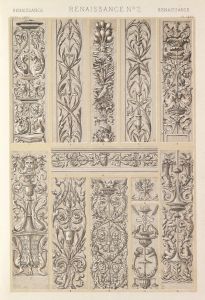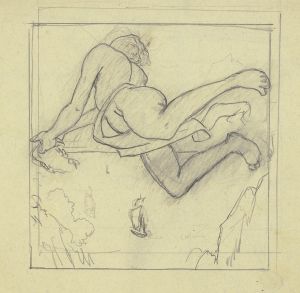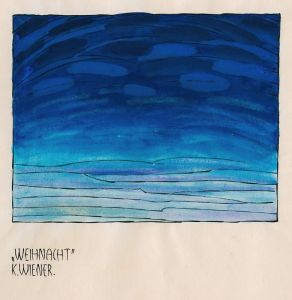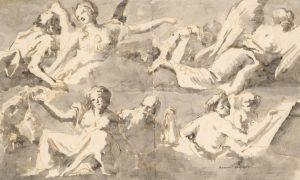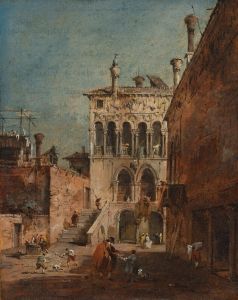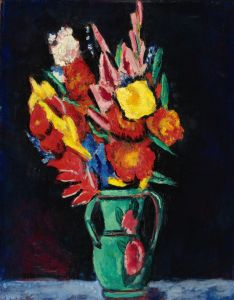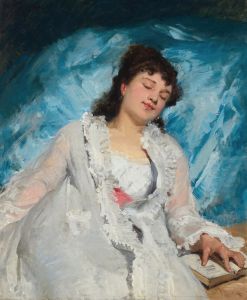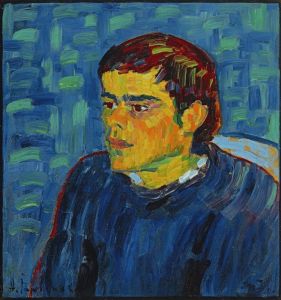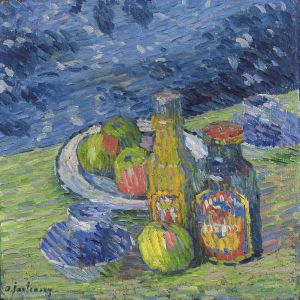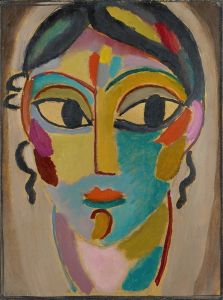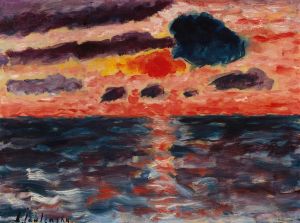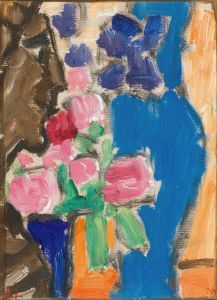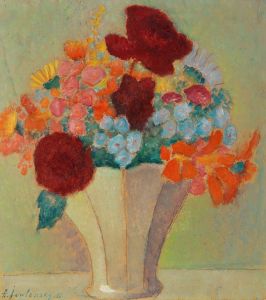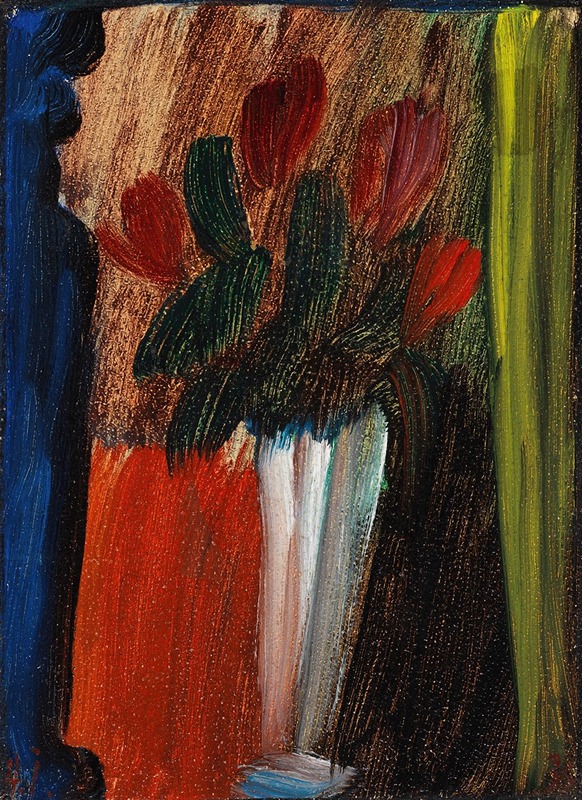
Stillleben
A hand-painted replica of Alexej von Jawlensky’s masterpiece Stillleben, meticulously crafted by professional artists to capture the true essence of the original. Each piece is created with museum-quality canvas and rare mineral pigments, carefully painted by experienced artists with delicate brushstrokes and rich, layered colors to perfectly recreate the texture of the original artwork. Unlike machine-printed reproductions, this hand-painted version brings the painting to life, infused with the artist’s emotions and skill in every stroke. Whether for personal collection or home decoration, it instantly elevates the artistic atmosphere of any space.
Alexej von Jawlensky was a Russian expressionist painter, known for his vibrant use of color and bold compositions. Born in 1864 in Torzhok, Russia, Jawlensky became a significant figure in the development of expressionism in the early 20th century. He was closely associated with the Blue Rider group, which included other notable artists such as Wassily Kandinsky and Franz Marc. Jawlensky's work is characterized by its emotional intensity and vivid palette, often exploring themes of spirituality and the human condition.
"Stillleben" (translated as "Still Life") is one of Jawlensky's works that exemplifies his approach to painting. While specific details about this particular painting are scarce, Jawlensky's still lifes generally reflect his interest in color and form over realistic representation. His still lifes often feature everyday objects, such as flowers, fruits, and vases, arranged in a way that emphasizes their shapes and colors rather than their realistic depiction.
Jawlensky's approach to still life painting was influenced by his exposure to various art movements and his interactions with other artists. He was particularly inspired by the works of Vincent van Gogh and Paul Cézanne, whose use of color and form had a profound impact on his artistic development. Jawlensky's still lifes, including "Stillleben," often exhibit a similar emphasis on bold colors and dynamic compositions.
Throughout his career, Jawlensky experimented with different styles and techniques, moving from more traditional representations to increasingly abstract forms. His still lifes reflect this evolution, as he gradually moved away from detailed depictions to more simplified and abstract compositions. This shift is evident in the way he used color to convey emotion and mood, often employing contrasting hues to create a sense of vibrancy and energy.
Jawlensky's work, including his still lifes, is also notable for its spiritual dimension. He believed that art should transcend the material world and express deeper spiritual truths. This belief is reflected in his use of color and form, which he saw as a means of conveying the inner essence of his subjects. In his still lifes, this spiritual aspect is often conveyed through the harmonious arrangement of colors and shapes, creating a sense of balance and unity.
Despite the challenges he faced throughout his life, including financial difficulties and health issues, Jawlensky remained committed to his artistic vision. His work continues to be celebrated for its innovative use of color and its contribution to the development of expressionism. "Stillleben," like many of his other works, exemplifies his unique approach to painting and his enduring influence on modern art.
Today, Jawlensky's paintings are held in major museums and collections around the world, where they continue to inspire and captivate audiences with their bold colors and expressive forms. His still lifes, in particular, offer a glimpse into his artistic journey and his exploration of the possibilities of color and form.





